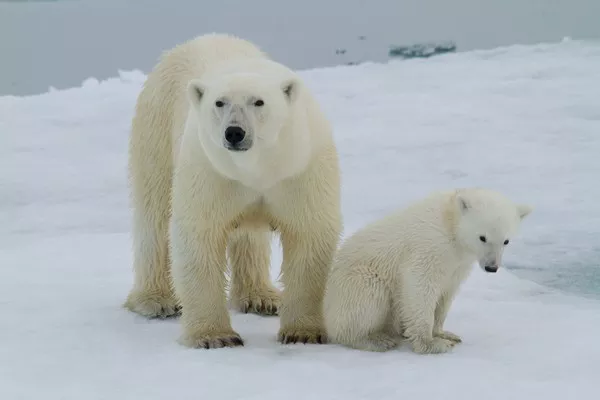Australia is renowned for its unique and diverse wildlife, which includes some of the largest and most fascinating mammals on the planet. From marsupials to monotremes, the country’s mammalian fauna showcases a remarkable array of adaptations and evolutionary history. This article delves into the top 10 biggest mammals in Australia, exploring their characteristics, habitats, and the roles they play in the ecosystem.
Top 10 Biggest Mammals in Australia
1. Red Kangaroo (Macropus rufus)
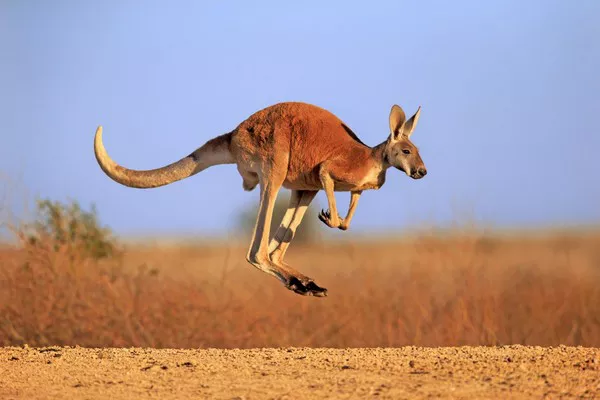
Overview
The Red Kangaroo is the largest living marsupial and the largest terrestrial mammal native to Australia. Males can stand up to 1.8 meters tall and weigh up to 90 kilograms, with females being significantly smaller.
Characteristics
Coloration: Males are typically reddish-brown, while females are often bluish-grey.
Adaptations: Powerful hind legs for hopping, long tail for balance, and a specialized pouch for carrying young (joeys).
Habitat and Distribution
Red Kangaroos are found across most of Australia, particularly in arid and semi-arid regions. They thrive in open plains, grasslands, and deserts.
Role in the Ecosystem
As herbivores, Red Kangaroos play a crucial role in grazing, which helps to maintain the health of grasslands and prevent overgrowth.
See Also: 10 Biggest Mammals on Earth
2. Eastern Grey Kangaroo (Macropus giganteus)
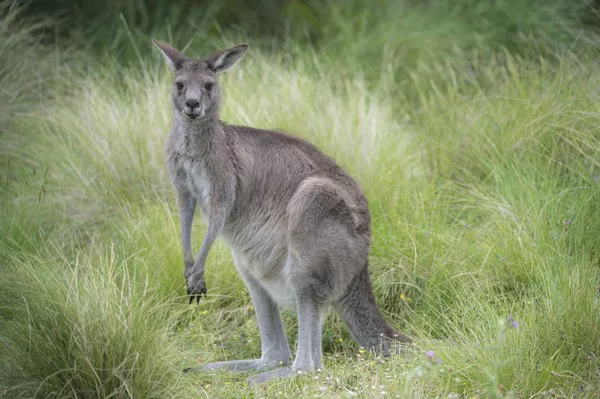
Overview
The Eastern Grey Kangaroo is slightly smaller than the Red Kangaroo but still ranks as one of the largest marsupials. Males can weigh up to 66 kilograms and stand about 1.5 meters tall.
Characteristics
Coloration: Grey-brown fur with a paler belly.
Behavior: Social animals that form groups called mobs, which provide protection and social interaction.
Habitat and Distribution
These kangaroos inhabit eastern and southern Australia, including Tasmania. They prefer open forests, woodlands, and coastal scrublands.
Role in the Ecosystem
Eastern Grey Kangaroos are important grazers, helping to shape the vegetation structure and contributing to seed dispersal.
3. Common Wombat (Vombatus ursinus)
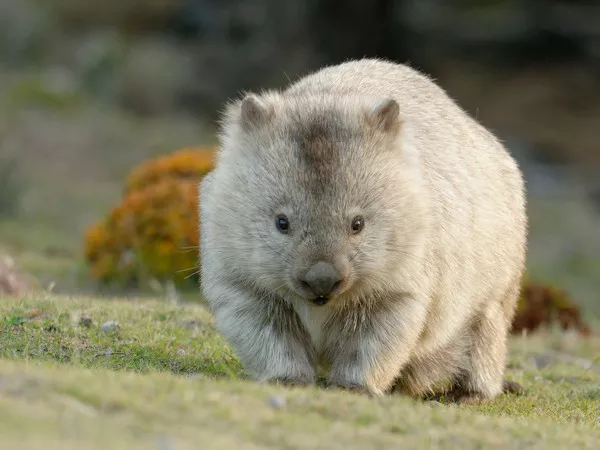
Overview
The Common Wombat is a sturdy, burrowing marsupial that can weigh up to 35 kilograms. It is well-known for its robust build and distinctive cube-shaped droppings.
Characteristics
Coloration: Coarse fur ranging from grey to brown.
Adaptations: Strong limbs and claws for digging extensive burrow systems.
Habitat and Distribution
Common Wombats are found in southeastern Australia, including Tasmania. They inhabit forests, mountainous areas, and heathlands.
Role in the Ecosystem
Wombats’ burrowing activities aerate the soil, promote nutrient cycling, and provide habitats for other species.
4. Southern Hairy-Nosed Wombat (Lasiorhinus latifrons)
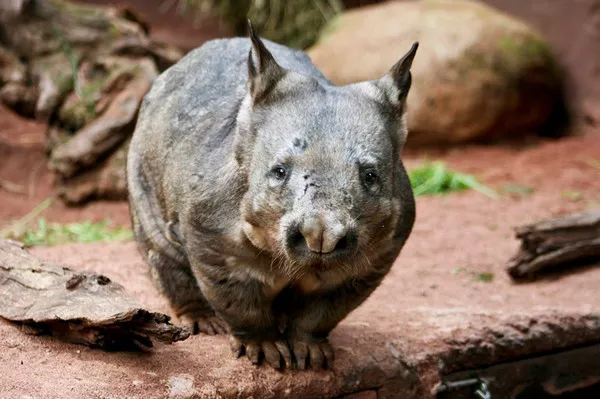
Overview
The Southern Hairy-Nosed Wombat is smaller than the Common Wombat, weighing up to 32 kilograms. It is adapted to arid environments and has a more delicate appearance.
Characteristics
Coloration: Silvery-grey to light brown fur.
Adaptations: Specialized to conserve water, with efficient kidneys and behaviors to avoid heat.
Habitat and Distribution
This wombat species is found in the arid and semi-arid regions of southern Australia, particularly in South Australia.
Role in the Ecosystem
Similar to the Common Wombat, they play a key role in soil turnover and creating microhabitats through their burrowing activities.
5. Short-Beaked Echidna (Tachyglossus aculeatus)
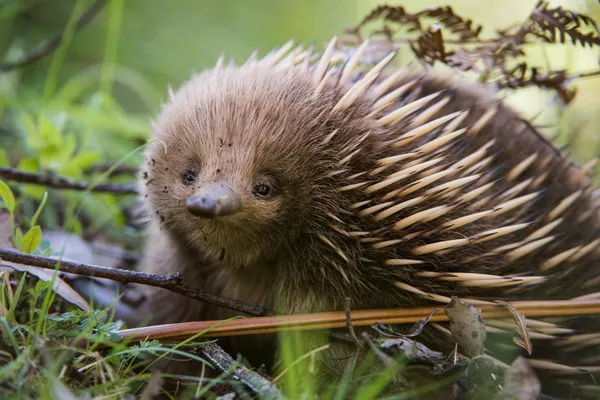
Overview
The Short-Beaked Echidna is a unique monotreme (egg-laying mammal) that can weigh up to 7 kilograms. It has spines similar to a porcupine and a specialized snout.
Characteristics
Coloration: Dark brown to black with pale spines.
Adaptations: Long, sticky tongue for feeding on ants and termites, and strong limbs for digging.
Habitat and Distribution
Echidnas are widespread across Australia, found in forests, woodlands, grasslands, and deserts.
Role in the Ecosystem
Echidnas help control insect populations and their foraging activities contribute to soil health.
6. Tasmanian Devil (Sarcophilus harrisii)
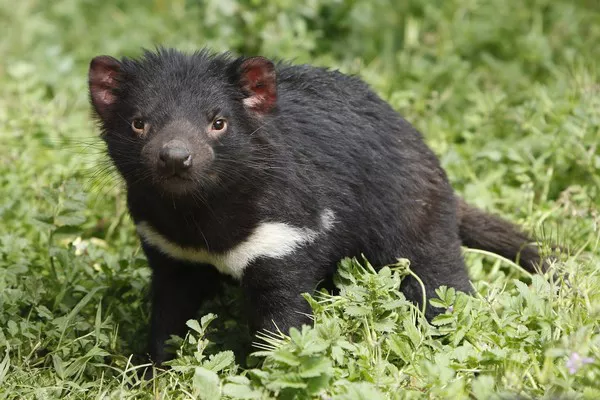
Overview
The Tasmanian Devil is the largest carnivorous marsupial, weighing up to 14 kilograms. It is known for its ferocious feeding behavior and distinctive black fur with white markings.
Characteristics
Coloration: Predominantly black with white patches on the chest and rump.
Behavior: Solitary but will gather in groups to feed on carcasses.
Habitat and Distribution
Tasmanian Devils are found only in Tasmania, inhabiting forests, woodlands, and coastal scrublands.
Role in the Ecosystem
As scavengers, they play a crucial role in cleaning up carrion, which helps to prevent the spread of disease.
7. Dingo (Canis lupus dingo)
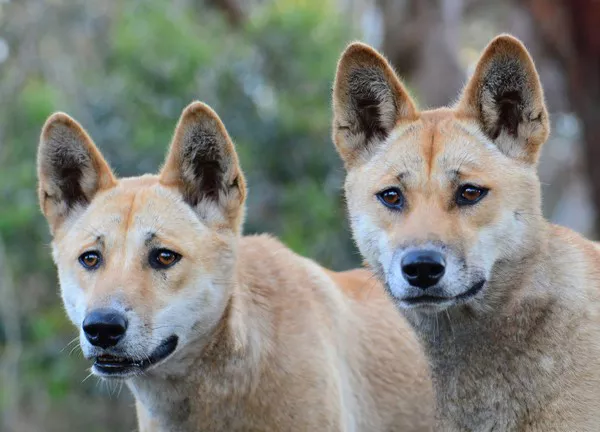
Overview
The Dingo is Australia’s largest terrestrial predator, weighing between 13 to 20 kilograms. It plays a significant role in the Australian ecosystem as both a predator and a competitor to introduced species.
Characteristics
Coloration: Ranges from sandy yellow to reddish-brown.
Behavior: Highly adaptable and intelligent, often hunting in packs.
Habitat and Distribution
Dingoes are found throughout mainland Australia, from deserts to forests and grasslands.
Role in the Ecosystem
Dingoes help control populations of smaller mammals and introduced species, such as rabbits and feral cats.
8. Koala (Phascolarctos cinereus)
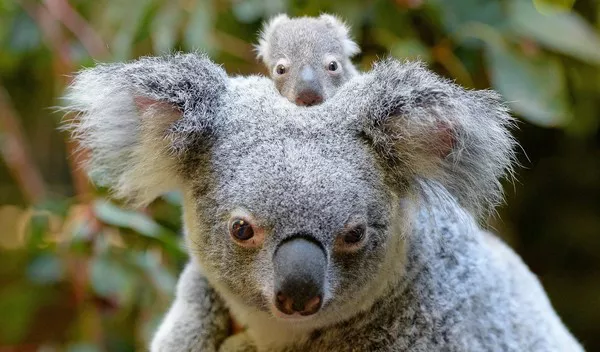
Overview
The Koala is an iconic tree-dwelling marsupial weighing up to 14 kilograms. Known for its unique diet of eucalyptus leaves, the Koala is a specialized feeder.
Characteristics
Coloration: Grey to brown fur with a pale underside.
Adaptations: Sharp claws for climbing, and a specialized digestive system to detoxify eucalyptus leaves.
Habitat and Distribution
Koalas are found in the eastern and southern coastal regions of Australia, primarily in eucalyptus forests.
Role in the Ecosystem
Koalas help manage eucalyptus populations and contribute to forest health through their feeding habits.
9. Agile Wallaby (Macropus agilis)
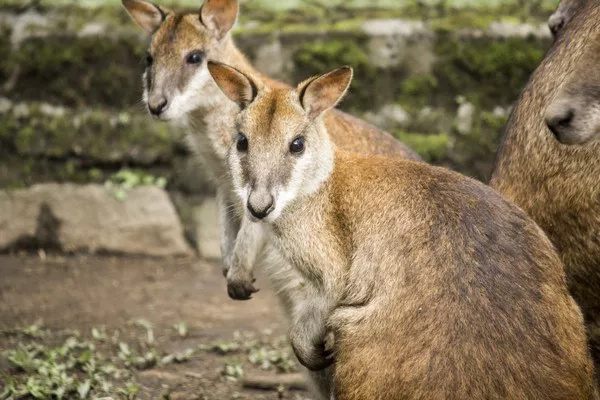
Overview
The Agile Wallaby is a medium-sized marsupial that can weigh up to 27 kilograms. It is known for its speed and agility, which are essential for escaping predators.
Characteristics
Coloration: Light brown to grey fur.
Behavior: Social animals that live in groups, particularly during the dry season.
Habitat and Distribution
Agile Wallabies are found in northern Australia, from coastal regions to savannas and grasslands.
Role in the Ecosystem
As herbivores, they help maintain grassland health and contribute to seed dispersal.
10. Yellow-Footed Rock-Wallaby (Petrogale xanthopus)

Overview
The Yellow-Footed Rock-Wallaby is a distinctive and colorful wallaby that can weigh up to 14 kilograms. It is adapted to rocky environments and has a striking appearance.
Characteristics
Coloration: Grey-brown fur with bright yellow limbs and tail markings.
Adaptations: Strong hind legs and long tail for balance and agility on rocky terrain.
Habitat and Distribution
These wallabies are found in rocky outcrops and cliff faces in South Australia, New South Wales, and Queensland.
Role in the Ecosystem
Their foraging helps control vegetation growth in their rocky habitats, contributing to the ecological balance.
See Also: World’s Top 15+ Biggest Birds in 2024
Conclusion
Australia’s top 10 biggest mammals are a testament to the country’s unique and diverse wildlife. From the iconic Red Kangaroo to the elusive Yellow-Footed Rock-Wallaby, each species plays a vital role in its ecosystem and contributes to the richness of Australia’s natural heritage. Protecting these magnificent animals requires concerted efforts from conservationists, scientists, policymakers, and the public. By working together, we can ensure that these remarkable mammals continue to thrive for generations to come.
You Might Be Interested In:











